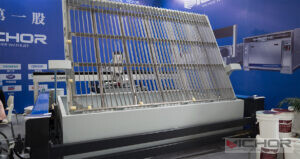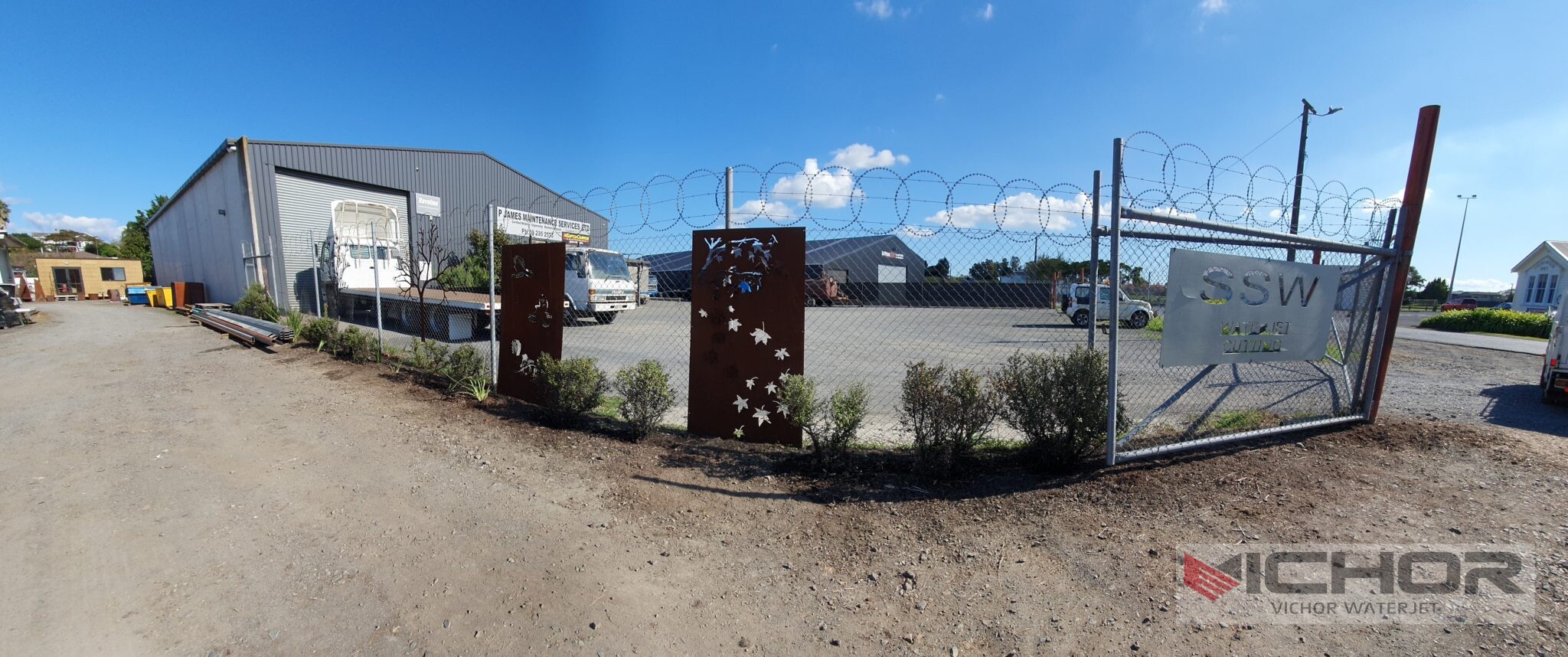
Water Jet Assembly: Core Components and Industrial Impact
In the realm of industrial manufacturing and precision cutting, the water jet assembly stands out as a critical technology that leverages high-pressure water streams to slice through various materials with exceptional accuracy. This system is not just a single tool but an integrated setup comprising multiple components working in harmony. Understanding the water jet assembly is essential for industries ranging from aerospace to automotive, as it offers a versatile, non-thermal cutting method that minimizes material distortion and waste. In this article, we delve into the intricacies of the water jet assembly, exploring its fundamental aspects to provide a comprehensive overview. By examining its components, operational principles, applications, advantages, maintenance requirements, and future trends, we aim to shed light on why this technology is indispensable in modern fabrication processes. Whether you’re a seasoned engineer or a newcomer to the field, grasping the essentials of the water jet assembly can enhance operational efficiency and innovation in your projects.
What is a Water Jet Assembly?
A water jet assembly refers to the complete system used in water jet cutting, which involves directing a high-velocity stream of water—often mixed with abrasive substances—to cut through materials like metal, stone, glass, and composites. This assembly is not merely a nozzle or pump; it encompasses all integral parts that generate, control, and deliver the water jet. The concept dates back to the mid-20th century, but advancements have made the water jet assembly more efficient and accessible. Essentially, it transforms ordinary water into a powerful cutting tool by pressurizing it to extreme levels, typically between 50,000 to 90,000 psi. This process allows for precise, clean cuts without generating heat, which is a significant advantage over laser or plasma cutting methods. The water jet assembly is designed to handle diverse materials and thicknesses, making it a go-to solution for industries requiring high precision and minimal material alteration. By integrating various components, the water jet assembly ensures consistent performance, reducing the risk of errors and enhancing overall productivity in manufacturing environments.
Key Components of a Water Jet Assembly
The effectiveness of a water jet assembly hinges on its well-orchestrated components, each playing a vital role in the cutting process. First, the high-pressure pump is the heart of the system, responsible for pressurizing water to the required levels. These pumps can be intensifier or direct-drive types, with intensifier pumps being common for their ability to deliver consistent pressure. Next, the abrasive delivery system introduces garnet or other abrasives into the water stream, enhancing its cutting power for harder materials. This part includes hoppers, feeders, and mixers that ensure a steady flow of abrasive. The cutting head, which houses the nozzle and focusing tube, directs the jet onto the material. Nozzles are typically made from durable materials like sapphire or diamond to withstand high pressures and abrasion. Additionally, the water jet assembly includes a motion system—often CNC-controlled—that moves the cutting head along predefined paths for accurate cuts. Other essential elements are the water filtration unit, which purifies water to prevent clogging and damage, and the catcher tank, which safely contains the spent water and debris. Together, these components form a cohesive water jet assembly that can be customized for specific industrial needs, ensuring reliability and precision in every operation.
How a Water Jet Assembly Operates
The operation of a water jet assembly begins with water intake, where water is filtered and pressurized by the pump. This pressurized water is then forced through a small orifice in the nozzle, creating a high-velocity stream. In pure water jet mode, this stream can cut soft materials like foam or rubber. For harder substances, the water jet assembly incorporates an abrasive additive: the high-speed water stream passes through a mixing chamber where abrasives are introduced, forming a abrasive-water slurry that exits the focusing tube at supersonic speeds. This slurry erodes the material upon impact, resulting in precise cuts. The entire process is controlled by a computerized system that manages parameters like pressure, flow rate, and cutting speed. One key aspect of the water jet assembly is its ability to maintain a cold-cutting process, avoiding heat-affected zones that can compromise material integrity. This makes it ideal for temperature-sensitive materials. Moreover, the water jet assembly allows for omnidirectional cutting, meaning it can follow complex shapes and patterns without tool changes. By adjusting pressure and abrasive levels, operators can tailor the water jet assembly for different materials, from delicate ceramics to tough alloys, ensuring versatility across applications.
Applications of Water Jet Assembly in Various Industries
The water jet assembly finds widespread use across multiple sectors due to its adaptability and precision. In the aerospace industry, it is employed to cut composite materials, titanium, and aluminum components with tight tolerances, ensuring safety and performance in aircraft parts. The automotive sector relies on the water jet assembly for shaping gaskets, interior panels, and custom parts, as it reduces waste and allows for rapid prototyping. In architecture and construction, the water jet assembly is used to cut stone, tiles, and glass for intricate designs and fittings, enabling creative freedom in projects. The food industry utilizes pure water jet assemblies for portioning products like meat and pastries without contamination, as the process is sanitary and easy to clean. Additionally, the art and design community embraces the water jet assembly for crafting detailed sculptures and decorations from various materials. Even in electronics manufacturing, the water jet assembly aids in precision cutting of circuit boards and insulation materials. This broad applicability stems from the water jet assembly’s ability to handle diverse materials without thermal distortion, making it a versatile tool that enhances efficiency and innovation in countless fields.
Advantages of Using a Water Jet Assembly
Employing a water jet assembly offers numerous benefits that contribute to its popularity in industrial settings. Firstly, it provides a cold-cutting method, eliminating heat-affected zones and preserving material properties, which is crucial for metals and composites prone to warping. This aspect of the water jet assembly also reduces the risk of toxic fume emissions, promoting a safer work environment. Secondly, the water jet assembly is highly versatile, capable of cutting a wide range of materials and thicknesses without the need for tool changes, which saves time and resources. Its precision is another key advantage, as it can achieve tolerances as tight as 0.1 mm, resulting in clean edges and minimal secondary processing. Additionally, the water jet assembly is environmentally friendly, as it uses water and natural abrasives, and the water can often be recycled. Cost-effectiveness is also notable; while initial setup costs for a water jet assembly might be high, it reduces material waste and operational downtime, leading to long-term savings. Furthermore, the water jet assembly supports automation through CNC integration, enhancing repeatability and reducing human error. These advantages make the water jet assembly a smart investment for businesses aiming to improve quality and sustainability in their operations.

Maintenance and Safety Tips for Water Jet Assembly
Proper maintenance of a water jet assembly is essential for longevity and optimal performance. Regular inspection of components like nozzles, seals, and hoses can prevent unexpected failures. For instance, nozzles in a water jet assembly should be checked for wear and replaced periodically to maintain cutting accuracy. The high-pressure pump requires routine servicing, including oil changes and pressure checks, to ensure consistent operation. It’s also important to monitor the abrasive delivery system for clogs and ensure the water filtration unit is clean to avoid contaminants. Safety is paramount when operating a water jet assembly; always wear protective gear, such as gloves and goggles, to shield against high-pressure streams and flying debris. Establish clear emergency protocols and training for personnel to handle potential hazards like high-pressure leaks. Additionally, maintain a clean workspace around the water jet assembly to prevent slips and falls. By adhering to these practices, users can extend the life of their water jet assembly and minimize risks, ensuring reliable and safe cutting processes in any industrial setting.
Future Trends in Water Jet Assembly Technology
The evolution of the water jet assembly continues to drive innovation in manufacturing. Emerging trends include the integration of smart technologies, such as IoT sensors and AI, to enable real-time monitoring and predictive maintenance for the water jet assembly. This can optimize performance and reduce downtime by alerting operators to potential issues before they escalate. Another development is the enhancement of energy efficiency in water jet assembly systems, with newer pumps designed to consume less power while maintaining high pressure. There’s also a growing focus on sustainability, with research into eco-friendly abrasives and water recycling methods to minimize environmental impact. Additionally, advancements in nozzle design and motion control are making the water jet assembly more precise and faster, expanding its use in micro-machining and high-volume production. As industries demand more customization and flexibility, the water jet assembly is likely to become more modular and adaptable, supporting a wider array of applications. These trends indicate that the water jet assembly will remain at the forefront of cutting technology, offering even greater efficiency and capabilities in the years to come.
Frequently Asked Questions About Water Jet Assembly
Q1: What materials can a water jet assembly cut effectively?
A1: A water jet assembly can cut a wide variety of materials, including metals like steel and aluminum, stones such as granite and marble, glass, ceramics, composites, plastics, and even rubber. The key advantage is its ability to handle both soft and hard materials without thermal damage, making it suitable for diverse industrial applications.
Q2: How does a water jet assembly differ from laser cutting systems?
A2: Unlike laser cutting, which uses heat to melt or vaporize materials, a water jet assembly employs high-pressure water and abrasives for a cold-cutting process. This means the water jet assembly avoids heat-affected zones, reducing the risk of material distortion and allowing it to cut reflective or heat-sensitive materials that lasers might struggle with.
Q3: What is the typical lifespan of a water jet assembly?
A3: The lifespan of a water jet assembly depends on usage and maintenance, but with proper care, key components like pumps can last 10,000 to 20,000 hours, while nozzles may need replacement every 100-200 hours of operation. Regular maintenance, such as cleaning and part inspections, can significantly extend the overall life of the water jet assembly.
Q4: Are there any environmental concerns with using a water jet assembly?
A4: The water jet assembly is generally environmentally friendly, as it uses water and natural abrasives like garnet. However, waste management is important; the slurry produced can be filtered and recycled in many systems. Efforts are underway to develop more sustainable abrasives and improve water reuse, minimizing the ecological footprint of the water jet assembly.
Q5: Can a water jet assembly be used for underwater cutting?
A5: Yes, specialized water jet assemblies are designed for underwater applications, such as in offshore industries or shipbuilding. These systems are engineered to operate in submerged conditions, maintaining cutting precision while reducing noise and debris dispersion. This versatility highlights the adaptability of the water jet assembly in challenging environments.
continue reading
Related Posts
- 1696 words8.5 min read
- 1991 words10 min read



